Home Appraisals and Housing Discrimination
Most people don’t think much about the intersection of racism and the home appraisal process, but systemic racism still exists in housing and the...
2 min read
Muluk Eltag : 9:18 AM on July 28, 2023
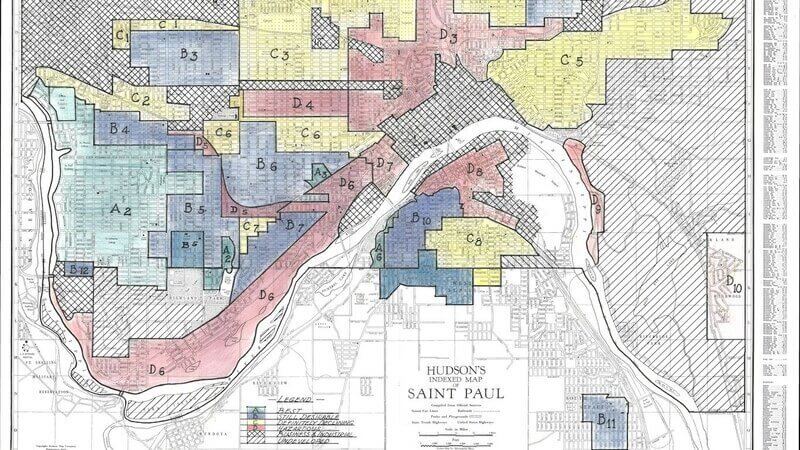
For generations, state and local governments systematically denied Black Americans access to educational resources and opportunities. It happened during enslavement, and continued long after Emancipation. The Voting Rights Act of 1965 dismantled some barriers to Black enfranchisement by prohibiting poll taxes, literacy tests, and other discriminatory measures. Despite these positive steps, segregationists obstructed federal civil rights legislation at the local level, leading to lasting effects on voter participation within the Black community.
Gerrymandering is the manipulation of electoral district boundaries to favor a specific political party or group. This unfair practice involves strategically drawing district lines to give one party an advantage in elections, letting politicians choose their voters rather than voters choosing their representatives.
The political practice uses two primary techniques: "packing" and "cracking." "Packing" consolidates communities from multiple districts into one, creating a significant voting bloc in that district. "Cracking" divides a community into multiple districts, diluting its influence in any single district. Gerrymandering distorts representation and undermines the democratic process.
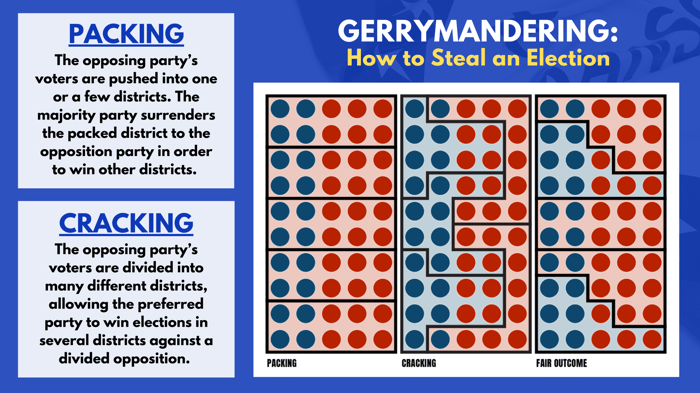
The U.S. Supreme Court set some guidelines for redistricting in Baker v. Carr (1962) and Reynolds v. Sims (1964). These landmark cases introduced the concept of "one-person/one vote" and required electoral districts to have relatively equal population sizes. However, these decisions failed to address other critical factors, such as gerrymandering and racial discrimination.
Redlining, a discriminatory practice, involves denying or limiting services based on the racial or ethnic composition of a neighborhood. This practice began in the 1930s when the federal government marked minority neighborhoods as high-risk for mortgage lending. It made it difficult for residents to get loans or invest in their communities. Redlining's impact on wealth disparities and racial segregation in the United States has been long-lasting. Learn more about redlining in our blog Redlining and Resistance—an Interview with Dr. Lewis.
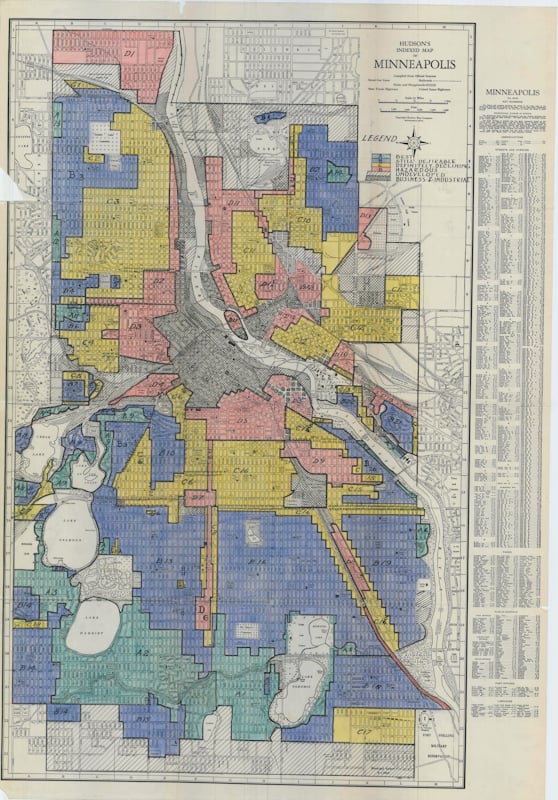 A historical map showing redlining in Minneapolis.
A historical map showing redlining in Minneapolis.
Because of redlining and other discriminatory measures, Minneapolis has a stark homeownership disparity between Black and white residents. Only 23% of Black Minneapolis residents own homes, while a staggering 75% of white residents do. And because homeownership is the primary way families build wealth, this homeownership disparity creates an even larger racial wealth disparity. Where you live has a profound impact on the resources available, including access to voter education, employment opportunities, healthcare services, and more. And Black residents have faced many obstacles to affordable housing for generations.
Historical denial of educational resources and opportunities continues to impact Black Americans’ access to housing and political participation. While the enactment of the Voting Rights Act dismantled some barriers, systemic inequality continues as local segregationists persistently obstruct civil rights legislation. This perpetuates a cycle of discrimination and unequal access to opportunities for marginalized communities.
While Habitat’s Government Affairs team and advocates continue fighting to advance racial equity in housing, we’re also making sure everyone has what they need to vote. This election season, we’ll be sharing resources about voting, so stay tuned! The best first step is to check if you’re registered to vote. You can easily check your registration status right here on the MN Secretary of State’s website at mnvotes.org.
Your gift unlocks bright futures! Donate now to create, preserve, and promote affordable homeownership in the Twin Cities.
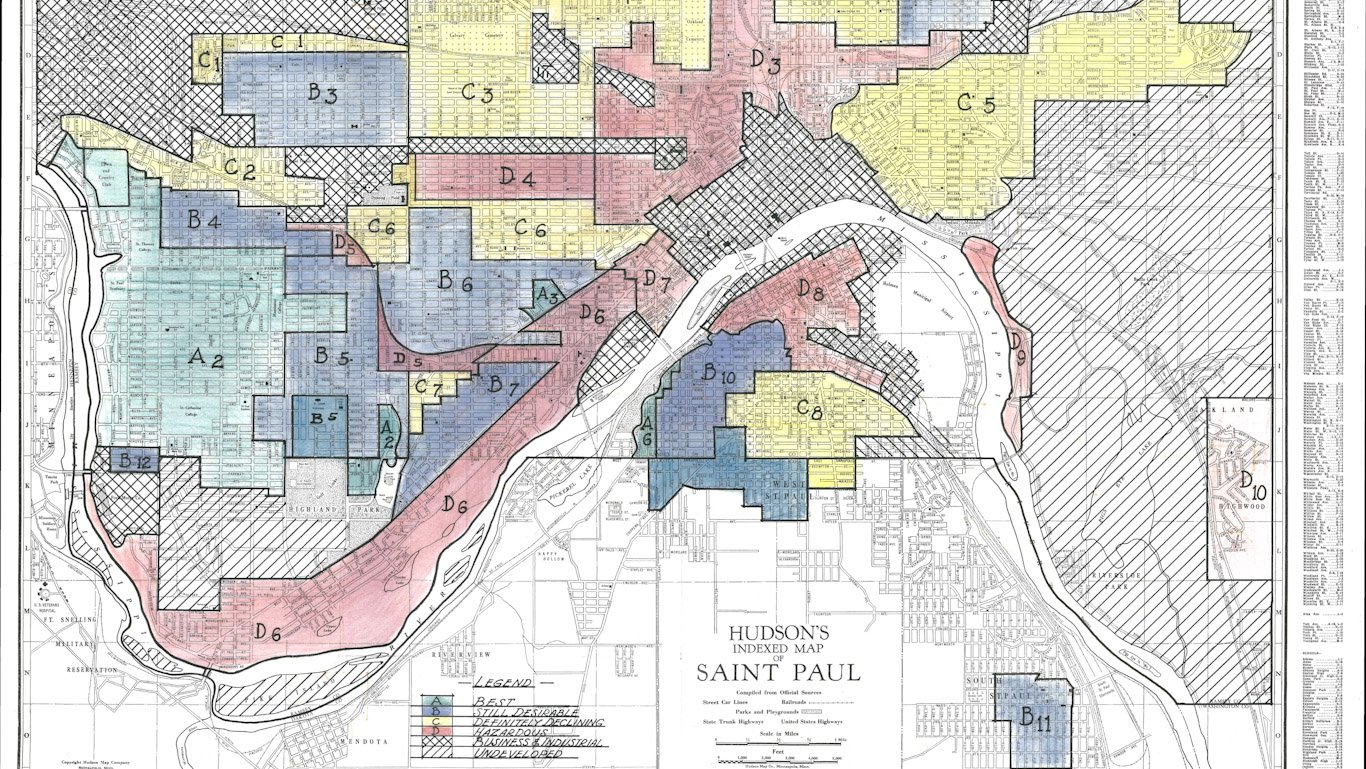
Most people don’t think much about the intersection of racism and the home appraisal process, but systemic racism still exists in housing and the...
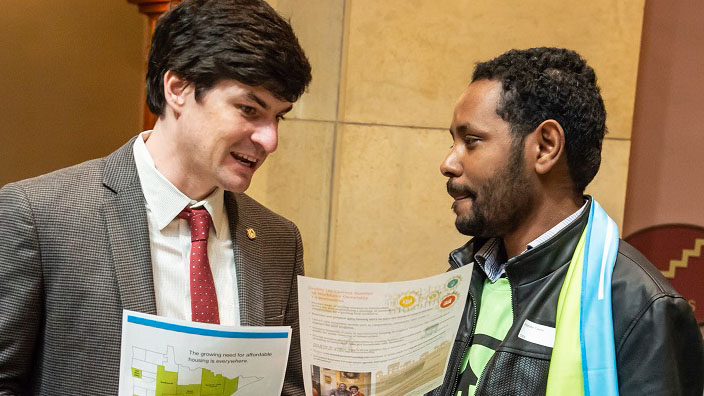
Co-written by Emily Kirkevold and Muluk Eltag, Policy & Advocacy Coordinators The Twin Cities' housing shortage has caused rising housing prices and...

Written by Greta Gaetz and Kaitlyn Dormer.